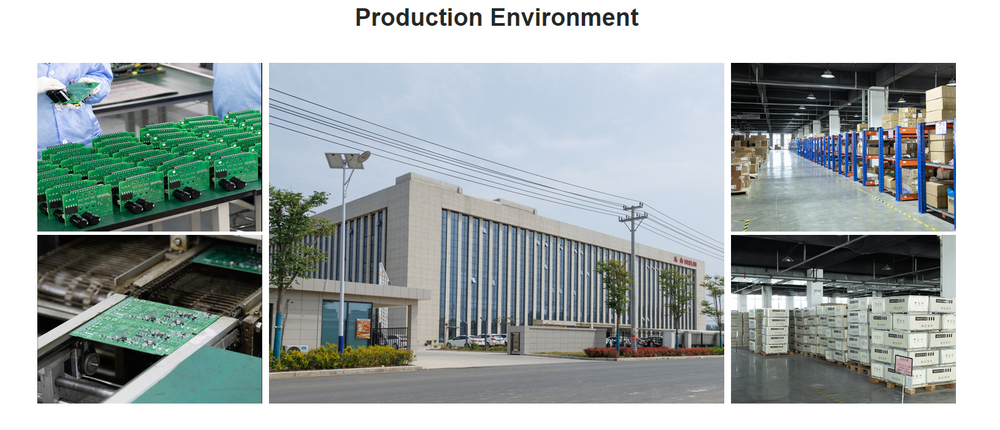With the growing interest in nanoscale devices, electrical noise has become a critical area of study. Noise performance is a key parameter for evaluating the behavior of nanoelectronic systems, especially in ultra-sensitive detection applications where the noise level directly determines the maximum resolution of the device.
Electrical noise has been present since the invention of electronic components and can degrade device performance by interfering with signals. However, noise isn't always a drawback. As technology advances, researchers have begun to leverage noise as a tool for measurement, as it provides insights into the internal transport mechanisms of mesoscopic systems.
Shot noise, for example, has been instrumental in observing electron pairs in superconductors and fractional charges in two-dimensional electron gas systems under strong magnetic fields. This demonstrates how noise can be used to probe fundamental physical phenomena.
In 2nm devices, several types of noise play a significant role. Thermal noise arises from carrier fluctuations at non-absolute zero temperatures and is considered intrinsic white noise. It is described by the Nyquist formula, which relates thermal noise to temperature, resistance, and Boltzmann’s constant.
Shot noise, on the other hand, stems from the quantized nature of charge and requires an unbalanced system, such as an applied voltage, to be observed. In superconducting single-electron transistors, the coherent tunneling of Cooper pairs leads to higher shot noise compared to normal conductors.
Carbon nanotubes, known for their excellent electrical properties, are widely used in nanoelectronics. However, their noise characteristics differ significantly from metals. While theoretical models suggest lower 1/f noise, experimental results often show much higher values, likely due to impurities or defects on the surface.
To reduce this noise, suspended carbon nanotubes are often used. This approach minimizes the influence of substrate impurities, leading to better signal integrity. Similarly, quantum dots are employed to study correlated electron systems, such as the Kondo effect, where shot noise becomes highly sensitive to external conditions like microwave fields or gate voltages.
Measuring noise in nano-devices presents unique challenges due to small signal sizes and weak noise levels. A typical setup includes pre-amplification stages and a spectrum analyzer. Two common methods are the two-terminal and four-terminal noise measurement techniques. The latter helps reduce system complexity by using subtraction to isolate the sample's noise.
Noise analysis is not only about eliminating interference but also about extracting useful information. For instance, 1/f noise has been used to detect defect densities in semiconductors, while shot noise provides insights into carrier dynamics that are otherwise invisible in standard current-voltage measurements.
As research progresses, the use of noise as a diagnostic tool continues to expand. From detecting fractional charges to studying quantum transmission modes, noise measurement offers a powerful way to explore the hidden physics of nanoscale systems. Although still in its early stages, this technique holds great promise for future quantum detection applications.
220V Inverter
A 220V inverter, often referred to as a power inverter, is a device designed to convert direct current (DC) power into 220V alternating current (AC) power. It is commonly used in situations where AC power is not readily available or as a backup power source during power outages. The 220V output voltage is suitable for operating a wide range of electronic devices and appliances, such as laptops, televisions, refrigerators, and power tools.
The main function of a 220V inverter is to perform DC to AC power conversion. It takes the DC power input from a battery bank, solar panel system, or other DC power sources and transforms it into AC power that matches the voltage and frequency requirements of the connected devices. This enables the use of electronic devices that typically run on AC power in off-grid locations or areas with unreliable power supply.
Some 220V inverters produce a modified sine wave output, which is a close approximation of a pure sine wave. While a pure sine wave is the ideal form of AC power, modified sine wave inverters are more cost-effective and suitable for many common electronic devices. However, certain sensitive equipment, such as medical devices or audio equipment, may require a pure sine wave inverter to prevent potential performance issues or damage.
220V inverters come in various types and sizes, including portable inverters that are lightweight and easy to carry, making them ideal for outdoor activities, camping, or powering devices in vehicles. Automotive inverters specifically cater to the power needs of vehicles and can be plugged into a car's cigarette lighter socket.
Efficiency is an important consideration when choosing a 220V inverter. Higher efficiency inverters convert a larger percentage of the DC input power into usable AC power, resulting in less energy wastage and longer battery life.
Overall, 220V inverters provide a convenient and reliable solution for powering electronic devices and appliances when traditional AC power sources are unavailable. They are essential for off-grid living, emergency backup power, and powering electronic devices on the go, ensuring the continuity of electrical power for various applications.

220V Inverter,Industrial Frequency Inverter,3Kw Vfd,Frequency Driver
WuXi Spread Electrical Co.,LTD , https://www.vfdspread.com
